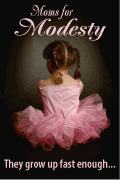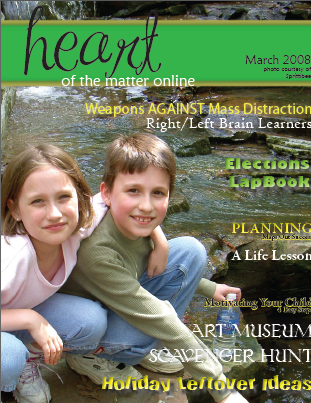Hands-On Science Helps Homeschoolers (and Scientists) Learn More About Birds
The new Homeschooler's Guide to Project FeederWatch is available online:
 Ithaca, New York— Homeschool students across North America can learn about science and have fun while they count birds and record information that scientists need to understand the movements and abundance of feeder birds. Project FeederWatch, a citizen-science project from the Cornell Lab of Ornithology and Bird Studies Canada, is a perfect fit for the homeschool curriculum. The Homeschooler's Guide to Project FeederWatch is now available online at www.feederwatch.org. This guide highlights specific ways Project FeederWatch can foster inquiry-based learning in math, science, art, and other disciplines.
Ithaca, New York— Homeschool students across North America can learn about science and have fun while they count birds and record information that scientists need to understand the movements and abundance of feeder birds. Project FeederWatch, a citizen-science project from the Cornell Lab of Ornithology and Bird Studies Canada, is a perfect fit for the homeschool curriculum. The Homeschooler's Guide to Project FeederWatch is now available online at www.feederwatch.org. This guide highlights specific ways Project FeederWatch can foster inquiry-based learning in math, science, art, and other disciplines.
Project FeederWatch focuses on something children are naturally interested in: birds. "Birds move, they come in a variety of colors, shapes and sizes, and they are easy to watch," says project leader David Bonter.
For 20 years FeederWatch participants from all across North America have tallied the number and kinds of birds that visit their feeders between November and April. Scientists use the data to track where the birds are across the continent and how their numbers change through time. Some of the most dramatic changes revealed by data collected over the last two decades may be related to changes in climate.
"We're seeing hummingbirds much farther north than usual during the winter," says Bonter. "Warblers, wrens, woodpeckers, and other insect-eaters are also lingering longer into the northern winter, possibly because of warmer temperatures. Bird-count data gathered in the coming years will really help us focus on these trends and what might be causing them."
The curriculum is available to download for free at the Project FeederWatch web site. An annual participation fee of $15 ($12 for Lab of Ornithology members, $35 Canadian) covers the cost of the Project FeederWatch research kit, with useful materials for a homeschooling program, including instructions and a calendar that features bird photos taken by project participants. The fee also helps support web site development, participant support and education, and data analysis.
First-time participants receive a colorful poster to help them identify birds, and the FeederWatch Handbook, filled with information about bird feeding and the value of FeederWatch data. Participants also receive Winter Bird Highlights, featuring results from the project, and a subscription to the Cornell Lab of Ornithology's newsletter, BirdScope. Canadian participants receive BirdWatch Canada from Bird Studies Canada.
U.S. residents can sign up by calling (800) 843-2473 or by visiting www.feederwatch.org.










































































1 comment:
You might enjoy my brother's blog. He's into attracting birds in the winter, big time.
Blessings,
~Toni~
http://feedingbirdsinyouryard.blogspot.com/
Post a Comment